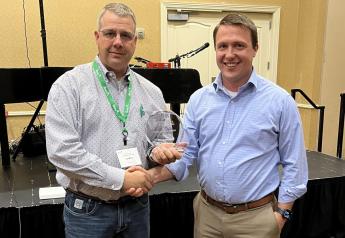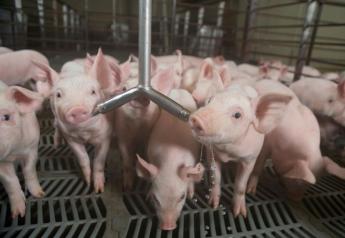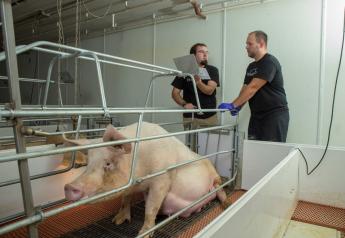The Right Records Can Help you Find Problems Faster

Breeding herd records are central to our industry and our daily lives. As the old adage goes, “You can’t manage what you can’t measure.” Record systems help producers track every possible production parameter in an effort to measure, monitor and, ultimately, manage these parameters.
Routine surveillance of production records can help identify aberrations before they become clinically obvious (or at least obvious enough to warrant a phone call to the veterinarian). These observations may not point to a health or production concern, but warrant investigation.
For the purposes of this article, let’s assume that all production-record information is accurate. Of course, in the real world, that is one variable that must be verified. Special instructions are often necessary when asking farm employees to correctly classify mummified and stillborn fetuses. Likewise, pregnancy-rate reports are only as good as a breeding technician’s ability to detect estrus and confirm pregnancy. When assessing records, remember the constraints of each particular data system and that the data generated is only as accurate as the information that is entered.
Monitor Key Breeding Parameters
Farrowing rate serves as a barometer for reproductive issues, or lack thereof, in a herd. Decreased farrowing rate can be an indicator of many causes of reproductive disorders. To more accurately depict the clinical picture, one should assess conception rate and wean-to-first-service interval.
Most production data systems can generate reports that categorize returns as regular or irregular, which can be helpful in troubleshooting reproductive problems. Analysis of a farrowing-rate report is beneficial in determining the time at which females are identified as not pregnant. This can assist in ruling some causes of reproductive failure into or out of the list of differential diagnoses. All of these reports can bring added value when run by parity.
If average conception rate is poor, management issues are more likely the culprit than health concerns. Some key factors that may play a causative role include poor semen quality, inappropriate semen handling, inadequate estrus detection (including boar exposure), improper insemination technique, incorrect timing of insemination and moving (or otherwise stressing) sows during the period of implantation. Most of these situations will result in a regular return to estrus and will be reflected on the farrowing rate report as a higher-than-normal number of females falling out of their cohort group at three to four weeks post-insemination.
Investigation of poor conception rates often points to semen not being handled appropriately. Stray voltage also can cause reproductive losses; upon in-depth investigation of poor fertility rates, stray voltage has been identified as the cause for reproductive losses in two herds within our system. In addition, inadequate stall acclimation and/or lack of heat-no-service to gilts has been identified as a cause of inferior gilt conception rates.
Review Historical Records
Looking at reports year-over-year can be helpful in diagnosing seasonal infertility. Some sow farms seem to be more affected by seasonal infertility than others. Also, some pure-line females tend to experience seasonal infertility to a greater degree than most crossbred dam lines. Running reports and analyzing seasonal trends over several years can help confirm seasonal infertility as a routine problem.
Editor’s Note: Michelle Sprague, DVM, is with AMVC in Audubon, Iowa. Contact her with questions or comments at: msprague@amvcms.com
Sources: Straw BE, Dewey CE, Wilson MR. Differential Diagnosis of Swine Diseases. In: Straw BE, D’Allaire S, Mengeling WL, Taylor DJ, eds. Diseases of Swine 8th ed. Ames, Iowa: Iowa State University Press. 1999:75.







